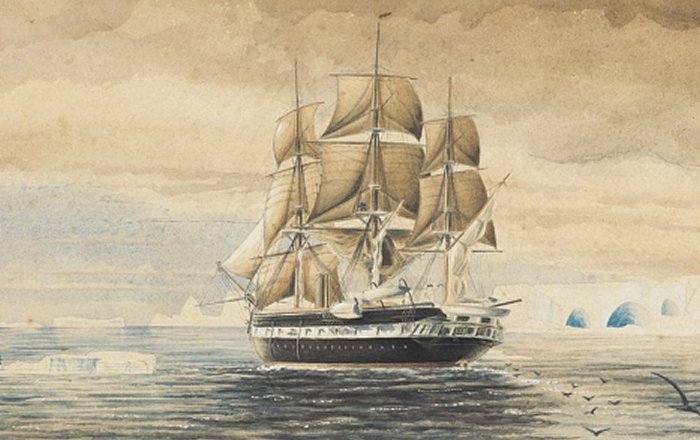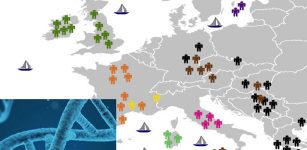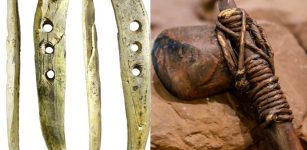On This Day In History: HMS Challenger Begins Scientific Exploration Of Oceans – On Dec 21, 1872
AncientPages.com - On December 21, 1872, the HMS Challenger sailed from Portsmouth, England, in the first scientific voyage, which would last almost three and a half years.
This scientific expedition was organized to examine the deep-sea floor and shed more light on the unknown ocean environment.
HMS Challenger in the Southern Ocean, drawn by crewman Sub-lieutenant Herbert Swire. Drawn by Royal Navy sub-lieutenant navigator Swire on the HMS Challenger during the scientific voyage of 1872-1876. His note - Monday February. 16th. 2.30 pm. Tacked & stood north. / Lat 66 - 40 - S / Long 78 -15 - E - Public Domain
The expedition covered 69,000 miles (about 130.000 km) and gathered data on currents, water chemistry, temperature, bottom deposits, and marine life at 362 oceanographic stations.
During the long sailing, researchers discovered more than 4700 new species of marine animals; many of which were found on the seafloor – an environment that scientists believed initially to be too barren to support life.
In 1868, British naturalist William B. Carpenter and Sir Charles Wyville Thomson, Professor of Natural History at Edinburgh University, convinced the Royal Society of London to sponsor a prolonged voyage of exploration across the globe's oceans.
Radiolaria illustration from the Challenger Expedition - Image credit: GrahamBould -PublicDomain
A ship for global ocean exploration was needed to organize this expedition. Still, it was not until 1872 that the Royal Society of London obtained the use of the HSM Challenger from the Royal Navy.
A steam-assisted three-masted square-rigged wooden sailing vessel, HMS Challenger, was modified for scientific work with storage space and indispensable natural history and chemistry laboratories.
The data collected by researchers were invaluable and filled a 29,500-page report – with written descriptions of animal life encountered on the voyage - that took 23 years to compile completely.
The expedition returned on May 24, 1876, after visiting 362 locations.
The route went south from England, around the Cape of Good Hope, through the Indian Ocean past Australia, into the Pacific, around Cape Horn, and back to England.
Updated on December 21, 2022
AncientPages.com
Expand for references





















